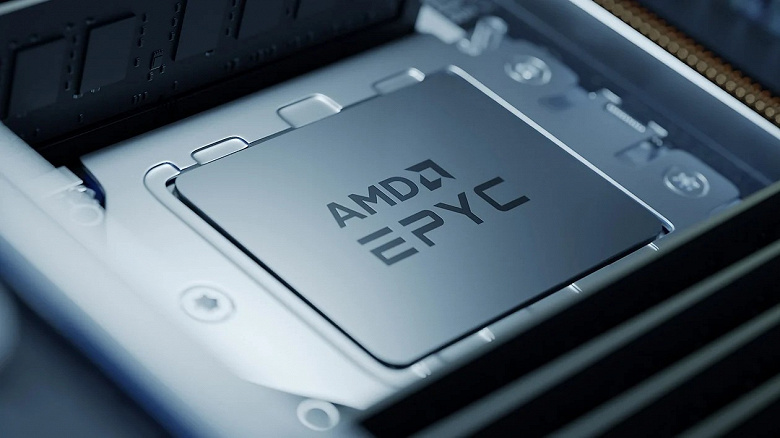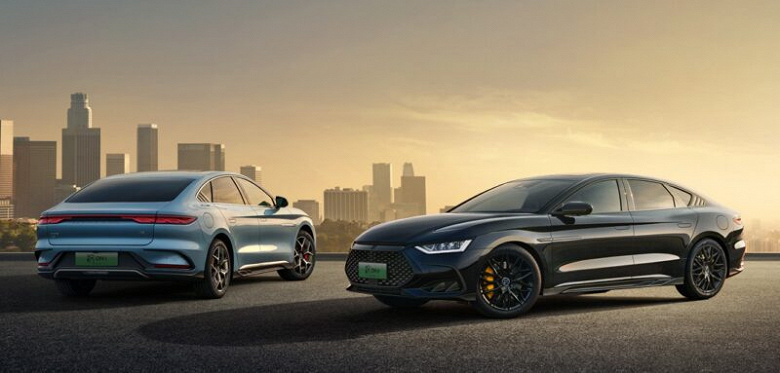AMD Van Gogh APUs to Deliver LPDDR5 Support and RDNA 2 Graphics
While AMD is faithful to the tradition of naming its central processors after famous artists, independent sources manage to put together a “collage” of perspective plans. Details have emerged about Van Gogh’s hybrid processors, which will offer RDNA 2 graphics as part of a processor for the first time. They will also get support for LPDDR5 memory.










